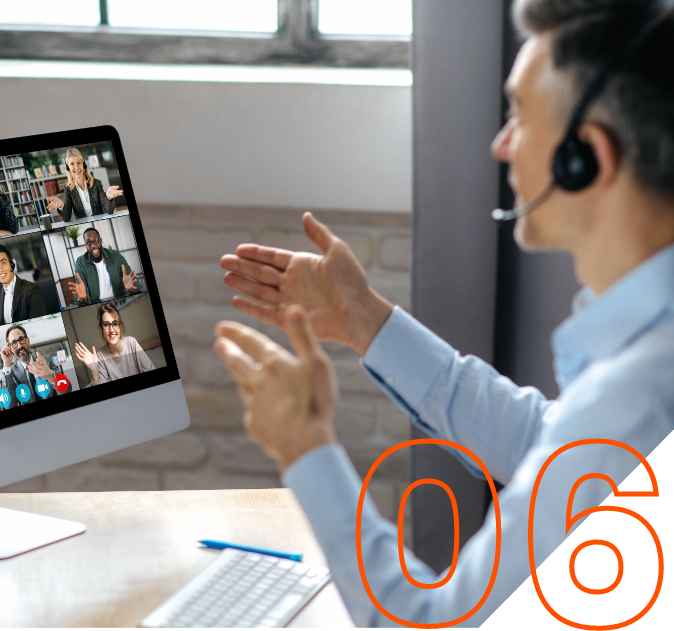Make onboarding about people
While onboarding someone in person, HR teams spend a lot of time and
energy
paying personal attention to the new employee. They make them feel comfortable, show them around the
office, introduce them to people, find them a buddy, and so on. By simply being in the office, the
new
employee gets a sense of belonging.
More importantly, the physical space serves as a great way to
distinguish between the previous job and the next. While working remotely, the new employee remains
in
the same physical space, perhaps even carrying some of the baggage from the past. New branded
goodies
can only go so far as to solve this problem.
What’s needed are activities that imbibe a sense of
belonging among new team members. At Tredence, every new person gets a buddy who can answer every
question, help them with processes, show them around, etc. We also try to replicate the water cooler
moments through casual chats with the new team member. Despite our best efforts, we understand that
time
might fly by without people making time for informal chats. To avoid that, the HR team does regular
check-ins to make sure new people feel at home.










